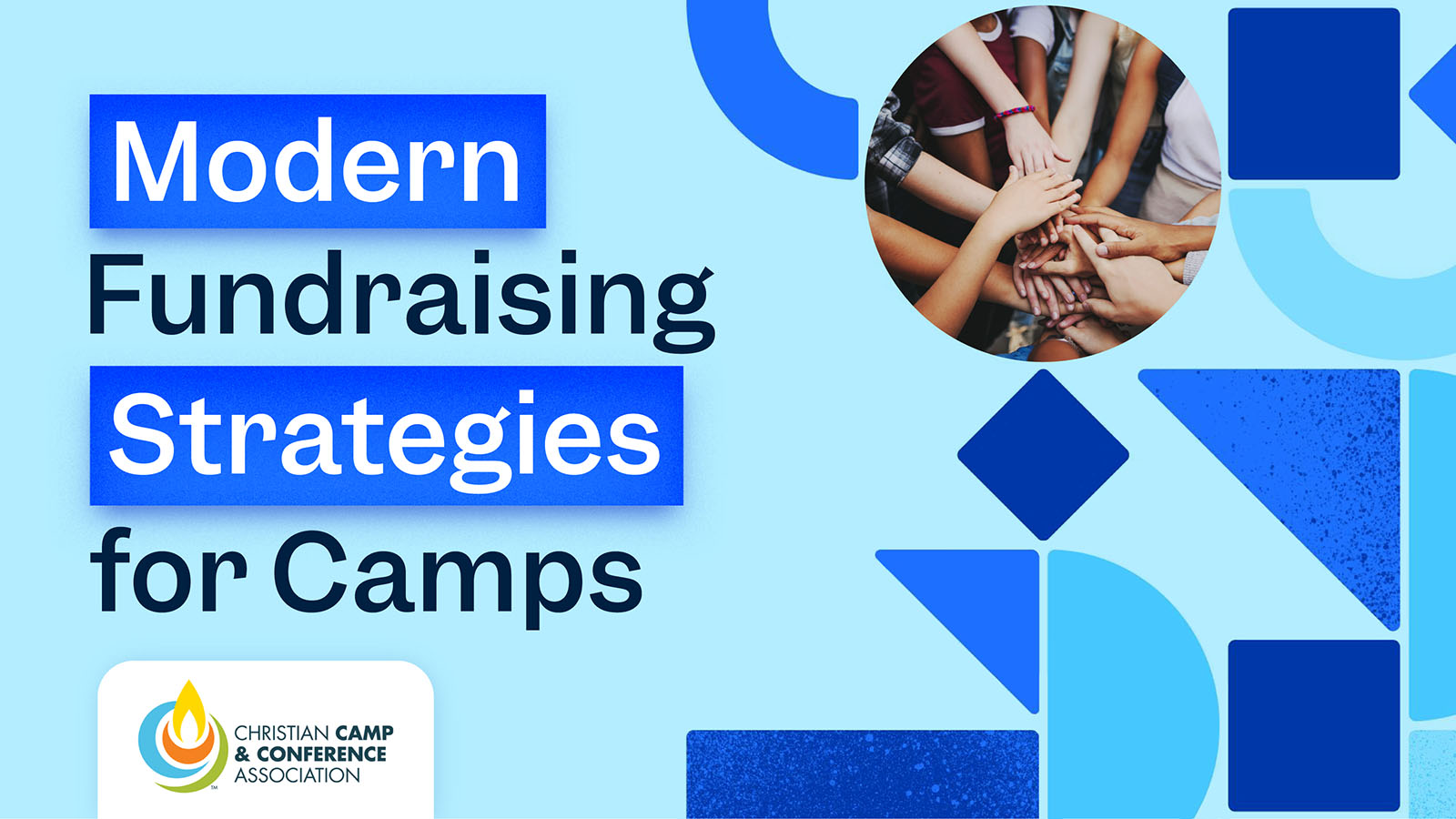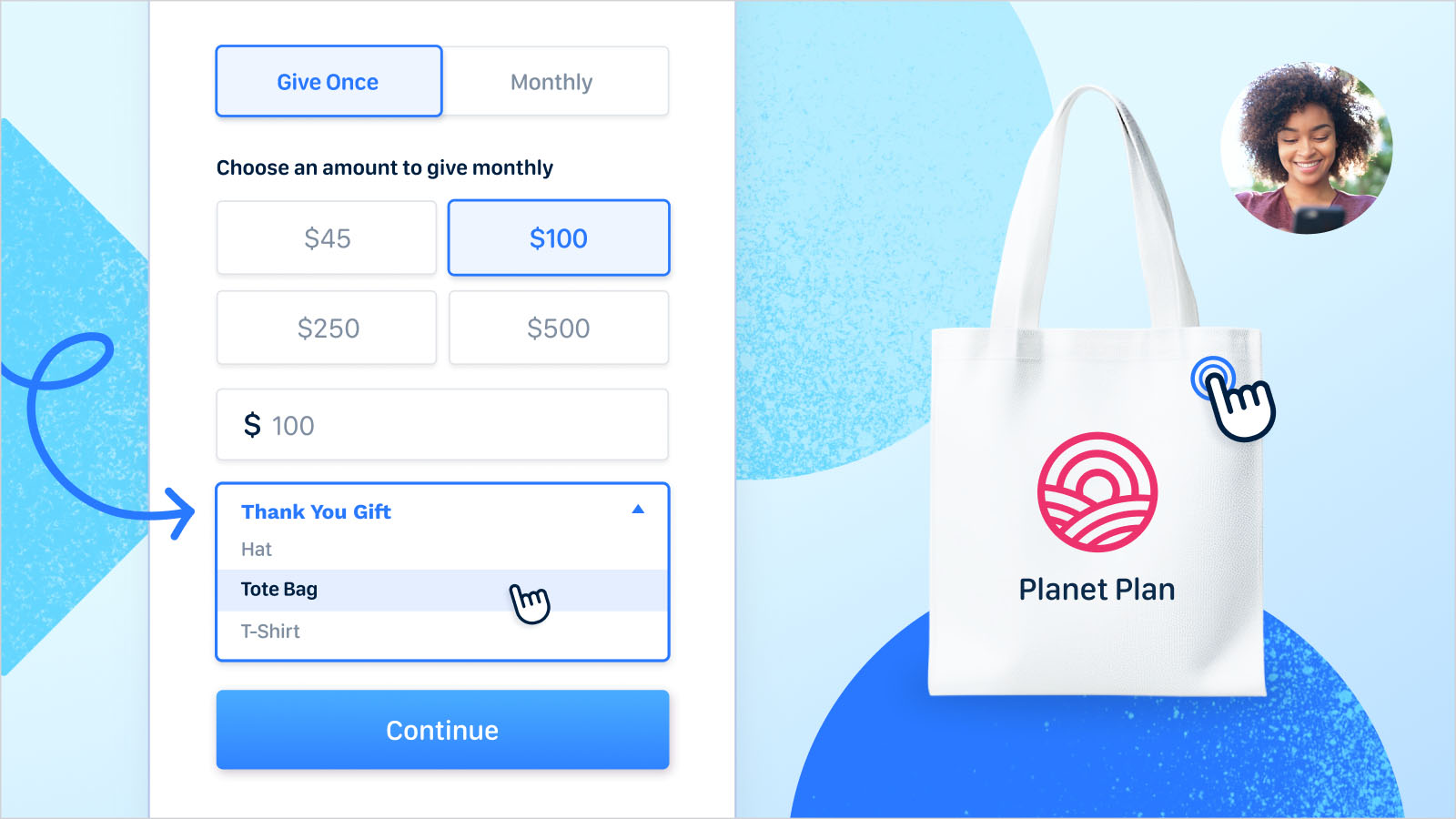Year-end Fundraising: Key Takeaways
- Nearly one-third of annual giving happens during December, so year-end fundraising is super important for your nonprofit.
- Start planning for the year-end fundraising season as early as possible—because it’s a lot of work! Make your lists and check ‘em twice.
- Before you get started, review your year-end fundraising data from last year. It holds many important lessons.
- Communication is key to your success, so stay in touch, say thank you, and don’t be afraid to pick up the phone.
- Because year-end fundraising is so much work, it’s easy to burn out. Take breaks, set boundaries, and use that vacation time.
Year-end fundraising FAQ
Why is December important for nonprofit fundraising?
December is crucial for nonprofit organizations, with 30% of annual giving occurring this month. The holiday spirit increases generosity (and last-minute donations) as potential donors seek year-end tax deductions. It's an opportunity to meet annual fundraising goals and engage supporters through seasonal campaigns and events.
How early should nonprofits start planning for year-end giving campaigns?
Nonprofits should start planning year-end giving campaigns as early as summer. Early preparation allows for well-executed strategies, reducing last-minute stress on both the nonprofit and donor base. Create a detailed timeline, set clear goals, and develop multichannel approaches to maximize fundraising potential as well as annual donations.
What are effective strategies for December fundraising?
Effective December fundraising strategies include leveraging holiday themes, running peer-to-peer campaigns, organizing special events, utilizing matching gifts, and sending personalized appeals to specific donor segments. Emphasize the season of giving and create urgency with year-end deadlines.
How can nonprofits create compelling year-end appeals?
Craft compelling year-end appeals by using holiday-themed messaging, sharing impactful stories, clearly stating fundraising goals, and emphasizing the urgency of year-end giving. Personalize communications based on donor history and preferences to increase engagement.
What types of year-end fundraising events work well for December fundraising?
Successful December fundraising events include glitzy galas, charity auctions, winter walks, vocal concerts, and heartwarming parties. These events are a crucial step of a marketing strategy that capitalizes on the festive spirit and provides opportunities for in-person donor engagement.
How can nonprofits leverage online fundraising during the year-end season?
Optimize online fundraising by ensuring mobile-responsive online donation forms, implementing peer-to-peer campaigns, running social media posts, and creating year-end-specific landing pages. Utilize email marketing and virtual events to reach a wider audience.
How can nonprofits use social media for December fundraising?
Leverage social media by running themed campaigns, sharing impact stories, hosting live fundraising events, and encouraging peer-to-peer fundraising. Use hashtags, create shareable content, and engage your donor database to spread awareness and drive donations.
What are effective ways to thank donors during the holiday season?
Thank donors with marketing campaigns featuring personalized messages, holiday-themed acknowledgments, and impact reports. Consider sending video thank-yous, hosting appreciation events, or offering exclusive content to show gratitude and strengthen relationships during the festive season.
How can nonprofits effectively communicate impact during year-end campaigns?
Communicate impact through visual infographics, beneficiary testimonials, and year-in-review reports. Quantify achievements, share success stories, and demonstrate how donations translate into tangible outcomes. Connect individual gifts to specific impacts to motivate giving from both current donors and monthly donors.
How can nonprofits leverage peer-to-peer fundraising for year-end campaigns?
Engage supporters in peer-to-peer fundraising efforts by providing easy-to-use platforms, offering fundraising toolkits, and creating friendly competition with leaderboards or challenges. Encourage personal storytelling through email campaigns and offer incentives for top fundraisers to boost participation.





























.webp)
.webp)











.webp)
.webp)

.webp)
.webp)
.webp)




